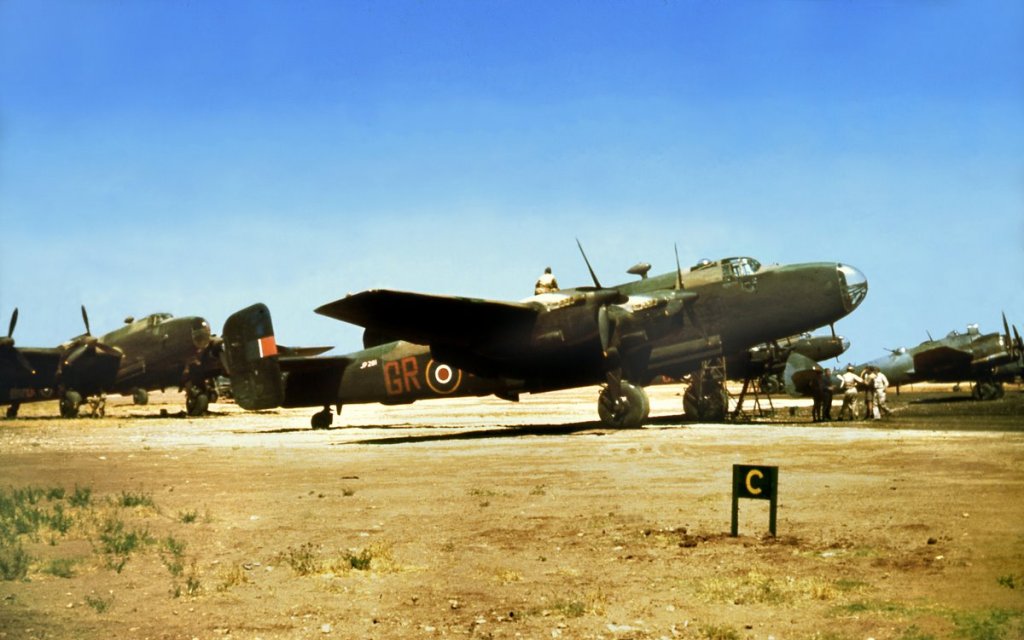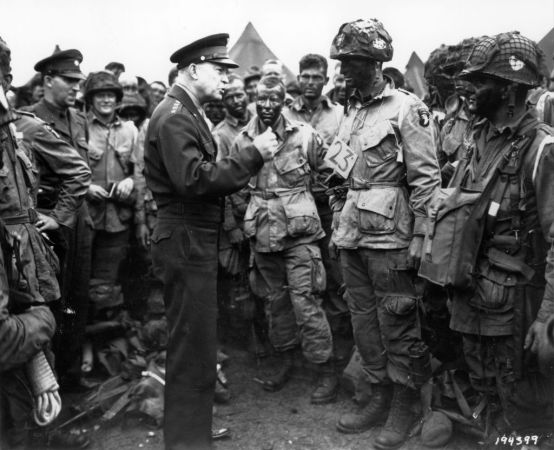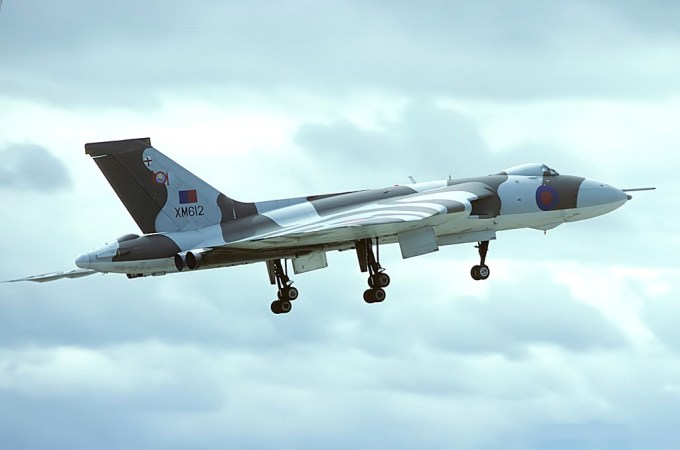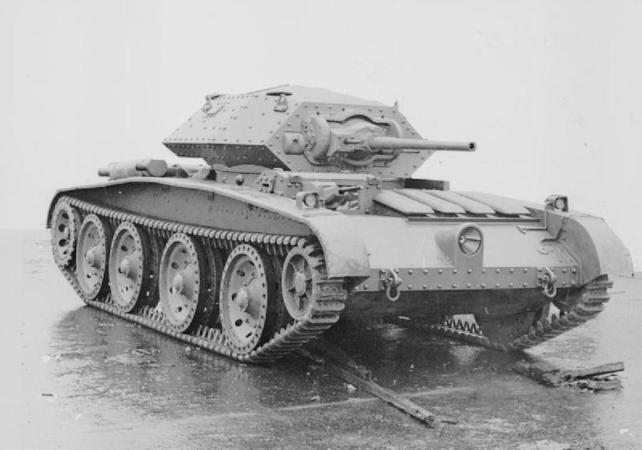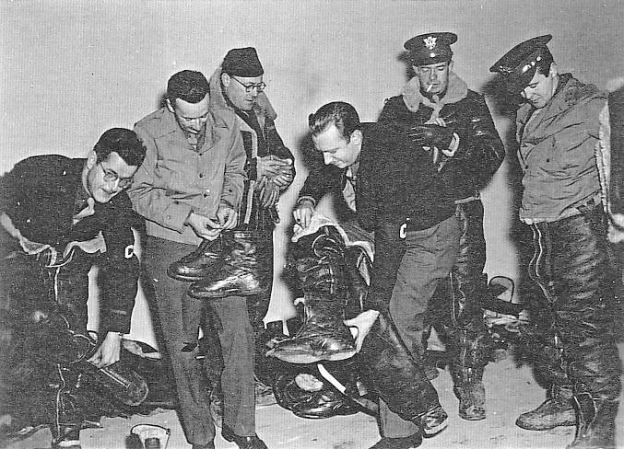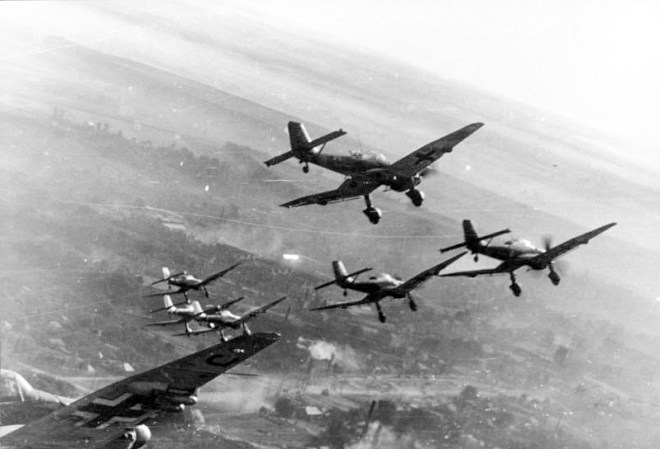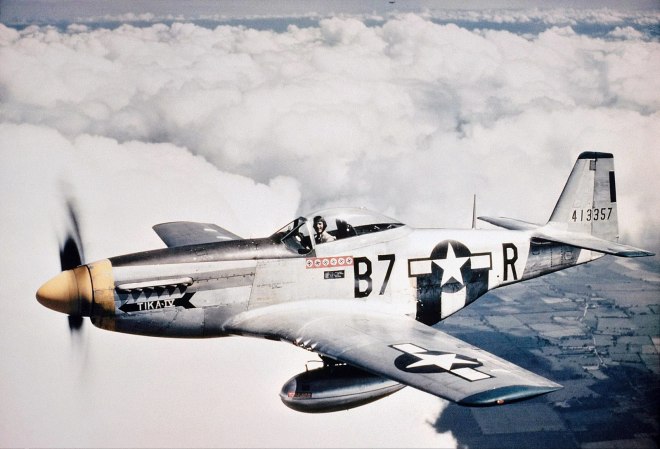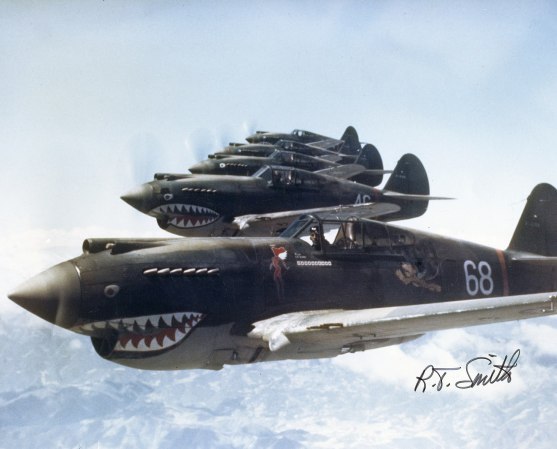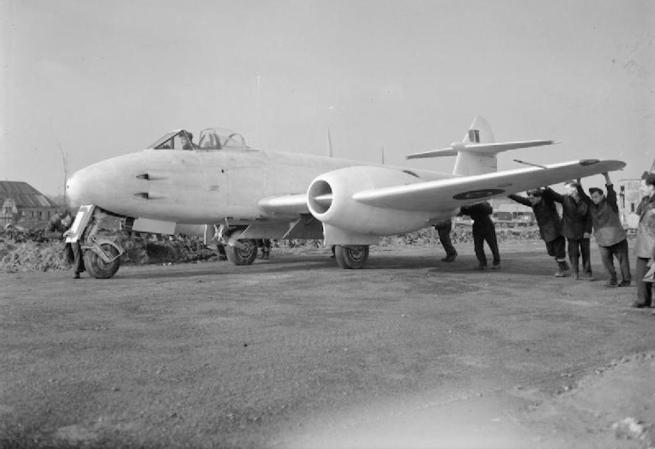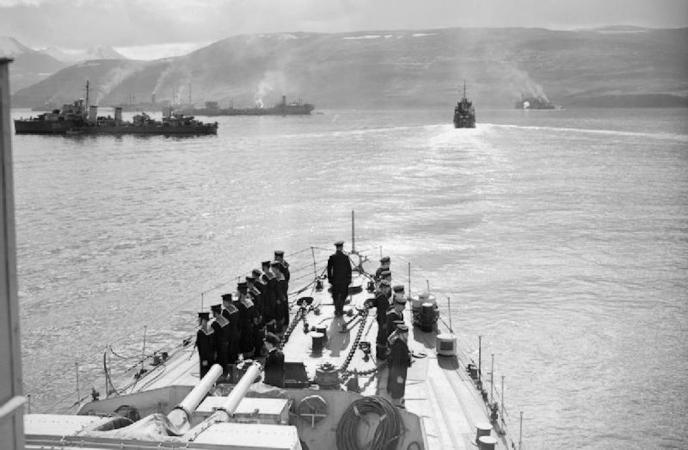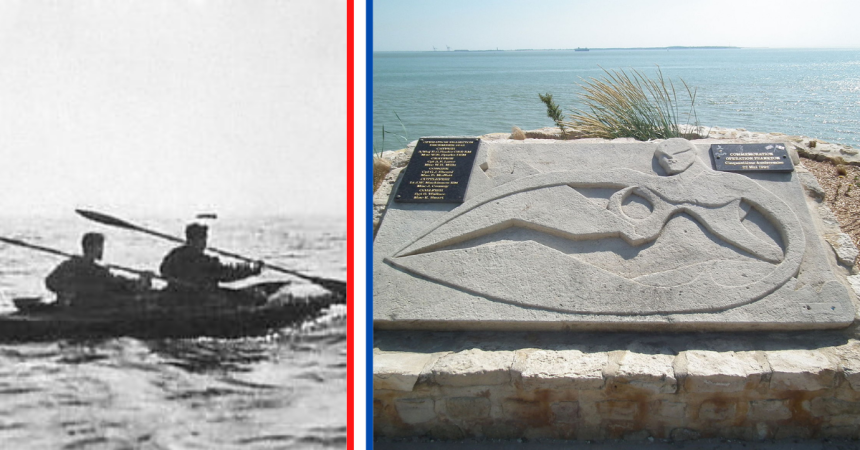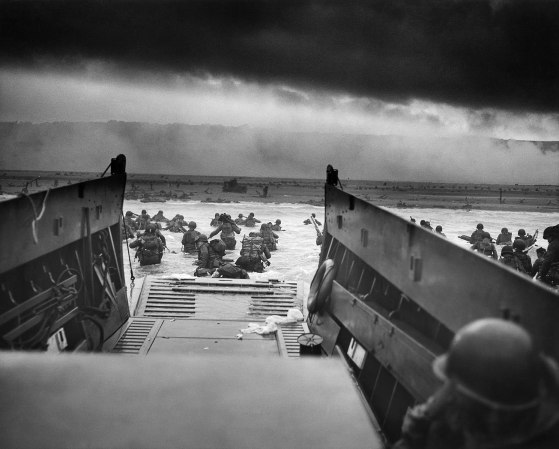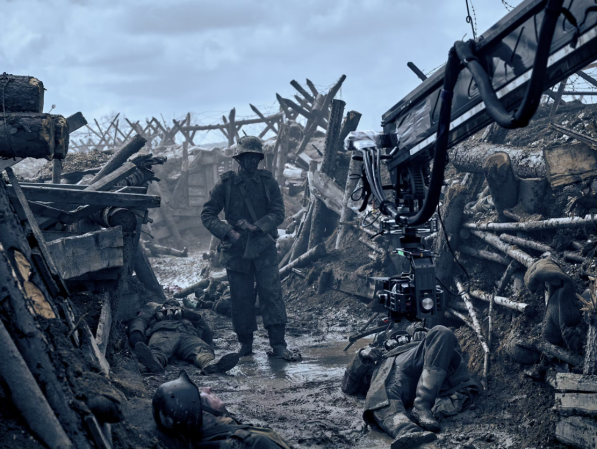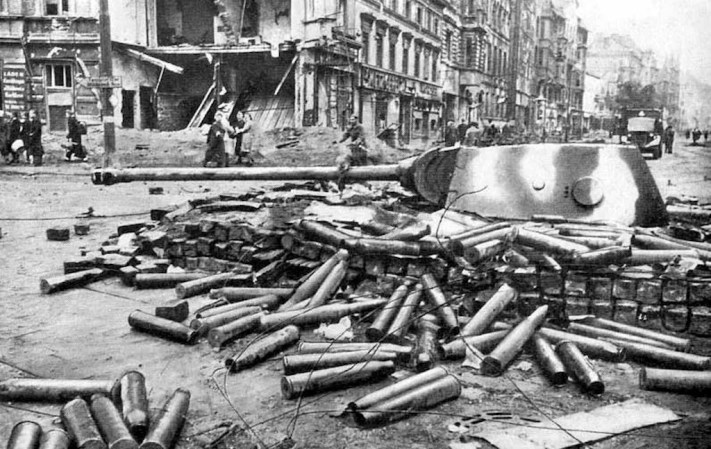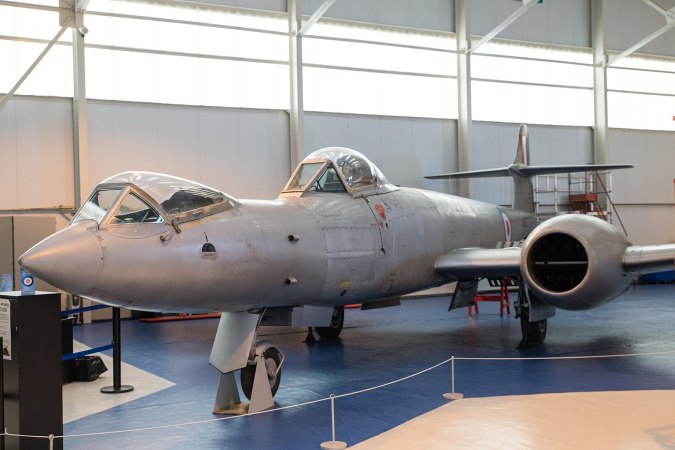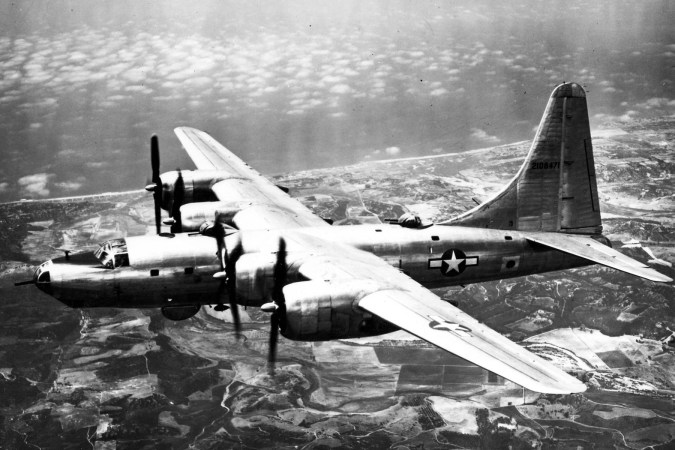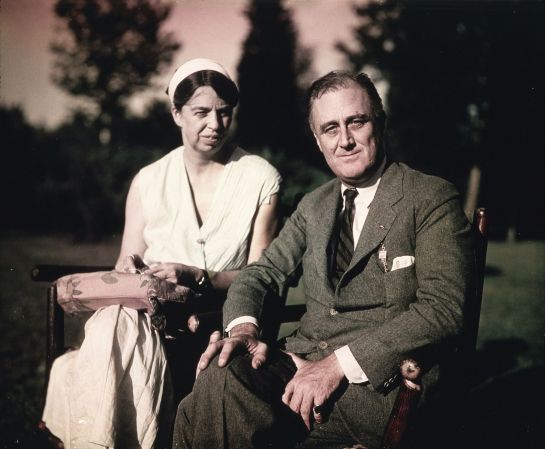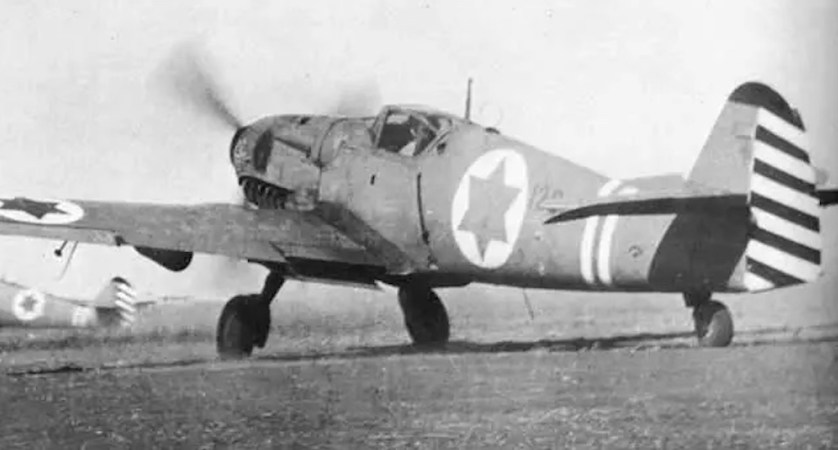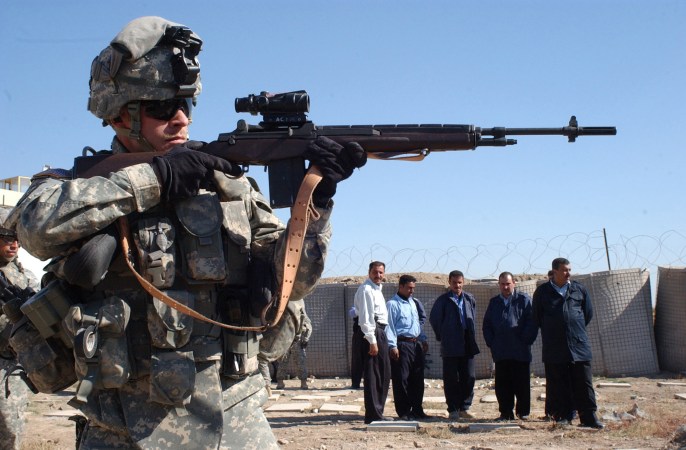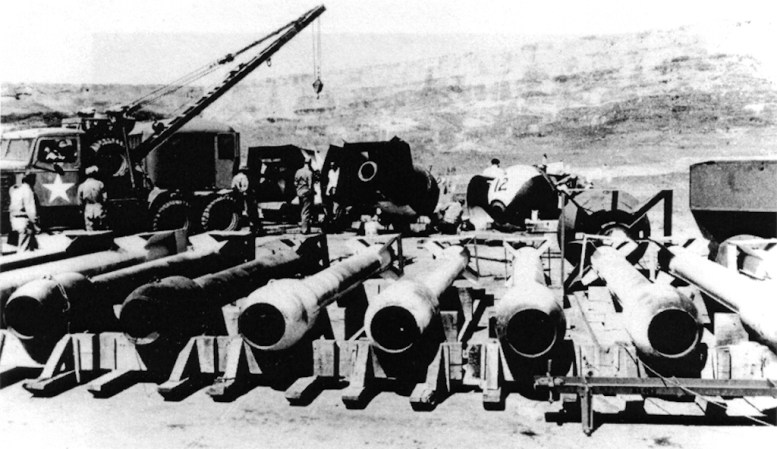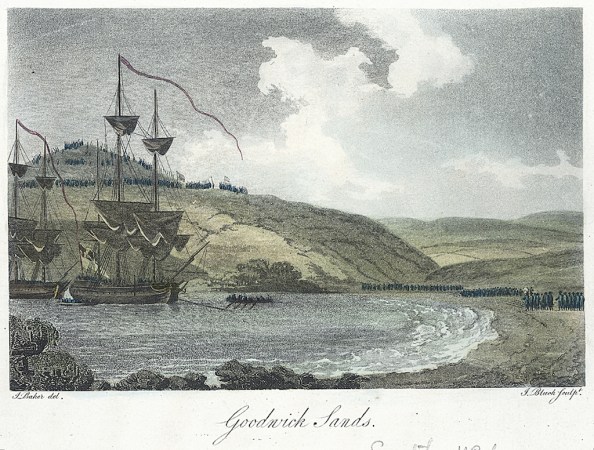Great Britain may be full of crazy accents and ridiculous food, but it looked toward World War II with sober realism. Even as it attempted to sidestep a war with the Munich Agreement of 1938, it was gearing up for a protracted and painful conflict. One of the most stark examples of inter-war preparations is the “Shadow Scheme” or Shadow Plan that allowed dispersed factories to make war machines even as British industry burned.
The “shadow factories” involved in the scheme carried the load when the German Luftwaffe bombed its way across Britain.
The threat and Britain’s Shadow Scheme
Starting in 1935, Britain put together a plan to keep production high during wartime. It knew that industrialized warfare would allow Germany to strike at the British home islands. After all, Germany pulled that off in World War I with zeppelin terror raids. With improvements in aircraft design, larger and larger bombers would reach London and hit any obvious or well-known factories.
So Britain began hiding new factories in different ways. In its first big wave of 1936 to 1937, it built new factories right next to existing ones. Many were hidden, either built underground or camouflaged, but a bombing attack on the main factory posed a real threat to its accompanying shadow factory. The close proximity allowed factory managers to tap into existing labor pools and supply networks, but it hardly dispersed production.
So, the second wave of construction from 1938 to 1939 focused on building at the edges of towns, away from most other bombing targets. This did a better job of hiding the factories and getting them away from danger. It also meant that managers had to train workers, shuffle parts and components between multiple sites, and then get final parts or machines over to the railroads and shipping networks.
One big hiccup
The British Shadow Scheme was well done and did work. But those first-wave factories, the ones built near existing factories, were at high risk. Germany did a great job of identifying British factories.
And Britain sometimes made it easy for them, giving tours of factories to visiting Germans. The idea was to deter war by proving that Britain was prepared and preparing for conflict. But Germany was dedicated to fascism and expansion. So each tour gave valuable intel with limited deterrence value.
And with the low accuracy of World War II bombers, having a spare factory next to your main factory in case of bombing was like keeping a spare light bulb next to your lamp in case of grenades.

During the war
Initially, the main factories focused on their pre-war goods and the shadow factories either helped or made wartime goods. But once Great Britain officially joined the war, the factories were all pressed into military service. Most stayed focused on their own industry, with automobile factories making trucks and airplane factories making fighters. Royals and other VIPs did morale tours to keep workers’ spirits high.
But the demands for tanks and bombers required that many factories be converted for wartime production.
The shadow factories allowed Britain to crank out much more material than it otherwise could. And some shadow factories produced tools and dies, allowing Britain to quickly rebuild factories after bombings, an important success during the Blitz. But the shadow scheme also had limitations.
The dispersed production provided resilience and redundancy. But it also made it nearly impossible to do prototyping or research and development. So, main factories stayed in charge of R&D and other more complicated functions while shadow factories handled cranking out as many widgets as possible.


